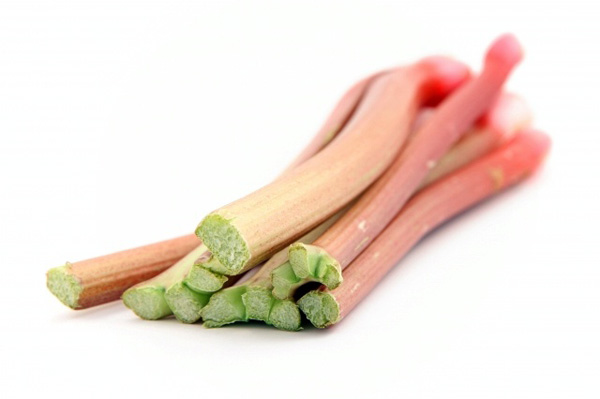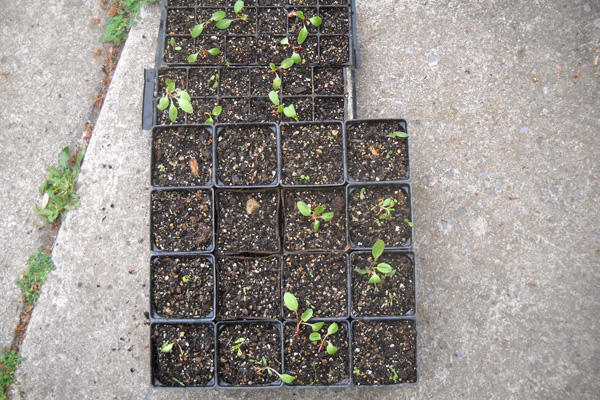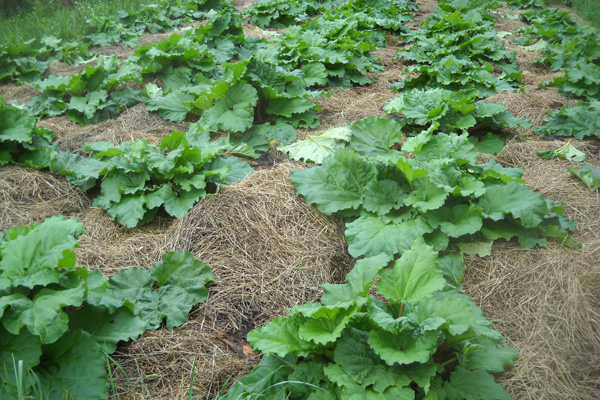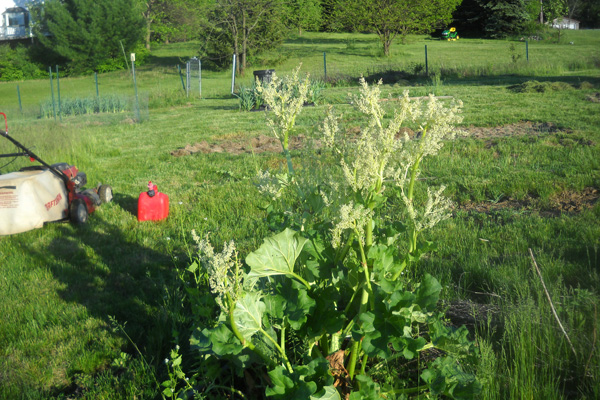-

Erin Donahue -

Christina Barkanic -

Brittany Trott -

Emily Wiley -

Jessica Reilley -

Chris Raines -

Will Nichols -

Emily Reddy -

Michele Marchetti -

Michele Frank -

James Gherardi -

Kit Henshaw -

Christina and Erin -

Kim Tait -

Erin McKinney -

Steve Spanelli -

Sam Komlenic -

Katherine Taylor Grofic -

James Eisenstein -

Jamie Oberdick -

Anna Lombardo -

LacCreta Holland -

Tony Ricci -

Local Food Journey -

Laura Young -

Kristin Camplese -

Harrison's Fresh + Local -

Danielle Matalonis -

Kristine A. -

Linda Weaver -

Naomi Elle Schwartz -

Dana Stuchul -

Cara McShane -

Brittany Smith -

Jessica Illuzzi - Frosty
-

Jessica Paholsky -

James Sechrengost -

Brad Yeckley -

Maya Althouse -

Jordan Reabold -

Kim Chase -

Maria Bryant - Alexandrea Scott
The Amazing (mostly unknown) Rhubarb
Posted by James Eisenstein on 05/25, 2012 at 02:52 PM

Rhubarb. Photo Credit James Eisenstein.
When I moved to State College in 1972 and noticed five large plants growing in my backyard in suburban Lemont, I had to ask what they were. Rhubarb, I was told. I had never heard of it. So I took out all but one of them to make room (ironically) for a strawberry patch. Who knew?
I know better now, of course. And judging from the (modest) increase in sales of our Jade Family Farm rhubarb, folks in Happy Valley are catching on, too. Now you can find it from several vendors at most local farmers markets – and sometimes in supermarkets.

“Early Champaign” Rhubarb Seedlings.
It isn’t hard to grow. You can start it from seed, as I am trying to do now. Typically, though, the crowns of four- to five-year-old plants are divided and planted individually in early spring or late fall. They like lots of organic fertilizer; they don’t like weeds. We now try (and sometimes succeed) in mulching them heavily.
Our three-year-old patch looks really nice and production is good. Careful, though, the seed stalks grow fast, and you don’t want it to go to seed. My backyard plant went to full flower before I discovered the seed stalk. They need to be removed as soon as they become visible.

Our Three-Year Old, Perfectly Mulched Rhubarb Patch. Photo Credit James Eisenstein.
The more you learn about rhubarb, the more fascinating it becomes. It was grown in China for its medicinal uses (think laxative) as early as 2700 BC, but its culinary value was recognized only a couple of hundred years ago.
Customers who see ours at the Boalsburg and North Atherton Farmers Market often ask, “How do you use it?” We typically answer in pie or as a sauce. My father-in-law liked to dice the stalks, boiled them in sugar and water, and savor the resulting sauce, and my wife makes delicious pies using it, starting with the most common strawberry-rhubarb combination. But that just scratches the surface.
As part of my exhaustive research for this piece (think an hour with Google), I came upon The Rhubarb Compendium, everything you ever wanted to know about rhubarb and more. It lists some fifty varieties. And while most people prefer those with red stalks—thinking that they are sweeter—the green ones are just as good.

How Not to Treat Your Rhubarb: An Uncut Flower Stalk. Photo Credit James Eisenstein.
You want pie recipes? The Rhubarb Compendium lists some fifty, and not just the traditional strawberry-rhubarb. But rhubarb isn’t just for pies anymore. You can use it in breads, pickles sauce, soup, jams and jellies, drinks, fish, and cooked with meat entrees including chicken. See http://www.rhubarbinfo.com/recipes for more ideas.
Don’t forget to share your favorite rhubarb recipe before May 31st for a chance to win a pound of rhubarb from Jade Family Farm!
![]() Author: James Eisenstein
Author: James Eisenstein
Bio: Unpaid Field Hand at Jade Family Farm | Former Penn State Professor
- Our Local Food Journey comes to an end
- Winter isn’t a quiet time at the farm
- Get the taste of garden season right now by growing herbs indoors
- All you need to know about PASA’s Farming for the Future conference









NO COMMENTS